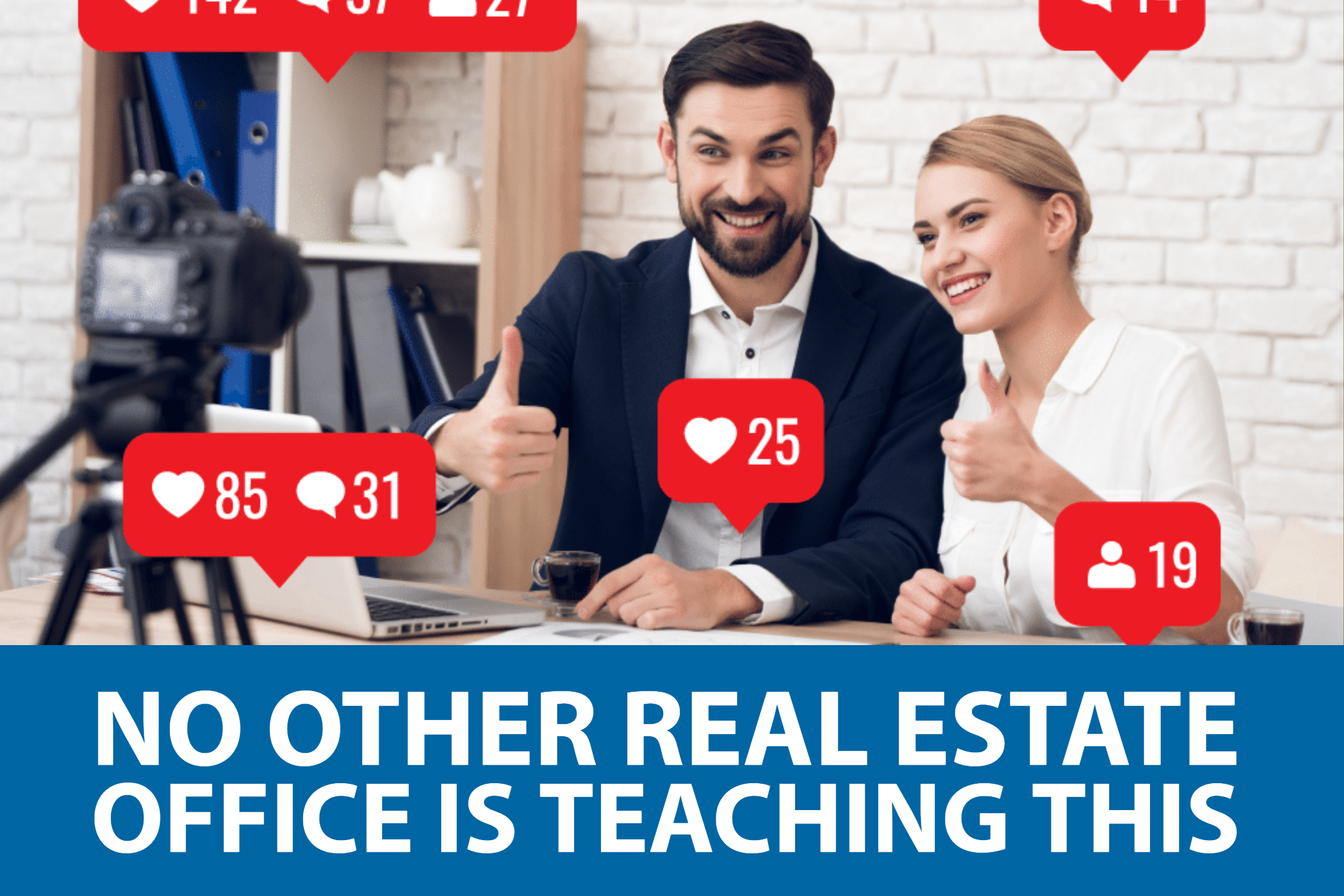How To Make Lots Of Money In Real Estate: Focus On Expansion

[mashshare]
In 2014, I bought a fixer for about $714 / square a square foot in the Golden Gate Heights neighborhood of San Francisco. Nobody really knows where the neighborhood is, and that’s just the way I like it because everybody eventually will! Golden Gate Heights is just several blocks west of UCSF and has homes facing the Pacific Ocean.
Real estate is my favorite asset class to build wealth because it is tangible, inflates with inflation, has preferential tax
benefits, and provides an income stream if rented out. When I buy real estate, I’m the CEO of the property. When I buy a stock, I’ve got to trust the CEO and his or her management team to execute. Sometimes the CEO is great, sometimes the CEO sucks wind, yet still gets a multi-million dollar exit package that makes me sick.
benefits, and provides an income stream if rented out. When I buy real estate, I’m the CEO of the property. When I buy a stock, I’ve got to trust the CEO and his or her management team to execute. Sometimes the CEO is great, sometimes the CEO sucks wind, yet still gets a multi-million dollar exit package that makes me sick.
Nobody cares more about your money than you. Hence, the goal for wealth builders is to own investments where you can better control the outcome. And if you can’t own investments that you control, let someone you trust manage your money if you don’t have confidence in managing your money yourself. I trust myself to work harder and scrutinize expenses and revenue more than anybody. My bottleneck is time.
In this post, I’d like to point out a very important rule before buying any single family home. If you follow this rule, I’m confident with the right execution, you will be able to make far more money than if you didn’t.
BUY PROPERTY WITH EXPANSION POTENTIAL
Buying in the best location possible is the most often sited home buying rule. But the thing is, great locations are expensive. If you can’t afford a property in a prime location, then look for property in an “undiscovered” or “up and coming” location that you think will be in high demand. 10 years ago, nobody really wanted to live in the Mission District, San Francisco. Now, the Mission District is at the center of the San Francisco real estate conflict between techies and long-term residents. Rental and property prices have skyrocketed.
Besides buying in a good location, I think an equally important rule is to buy a home with expansion potential. A lot of people get carried away with the cosmetics of a home. They get “fooled” by the fancy staging, nice floors, and brushed nickel. But if you’ve ever remodeled a home, you will know that everything is replaceable, and doesn’t cost too much. If your home burns down, not to worry. You’ve got home insurance to help you with the rebuilding cost. No? Call your insurance company ASAP!
Not only should you buy a home with expansion potential, you should consider buying a home in the most expensive neighborhood with the largest expansion potential possible. Let me explain two very real examples.
Example #1: Golden Gate Heights neighborhood in San Francisco
Value: Most GGH homes sell for between $650 – $850 / square foot, depending on location and view. The price is relatively inexpensive compared to everywhere else in the city. If I was a real estate agent, I’d use my language skills to convince every foreigner to buy in this neighborhood, especially the Chinese.
Cost: The building cost per square foot can be as low as $150 a square foot up to $350 a square foot. $150 a square foot is for a simple room with electricity and no plumbing. $350 a square foot is for bathrooms and kitchens. According to the National Association Of Homebuilders, the national cost per square foot to build is only $80. But I challenge anybody to get a price that low and be happy with the results.
Profit: $650 (low end selling) – $350 (high end construction) = $300 for an 85% profit. $850 (high end selling) – $150 (low end construction) = $700 for a whopping 467% return. Just to be conservative, always add 50% more time and cost to your project to stay sane and conservative. Even if costs balloon to $525 / sqft, the low end return would still be $125 or 24% ($650 – $525).
Example #2: The Marina neighborhood, San Francisco
Value: Most Marina homes sell for $900 – $1,200 a square foot, depending on location and view. The prices are high, but still so much cheaper than prime property in Manhattan, Hong Kong, Singapore, and London where price per square foot are in the $2,000 – $3,000+ range. San Francisco is one of the cheapest international city in the world.
Cost: The cost should theoretically be the same $150 – $350 in the Marina as it is in GGH. They are only 3.5 miles away from each other. A tub costs the same online wherever you order. Imported Spanish porcelain tiles are also the same. Lumber, sheetrock, copper pipes, and paint all cost the same! Unfortunately, contractors tend to charge more for their labor when they know you have a more expensive home. This is one of the reasons why some contractors gain a poor reputation. The build price per square foot in the north end of San Francisco is closer to $300 – $500 a square foot.
Profit: Let’s say you go high-end and spend $500 a square foot and sell your house for the low end of the range at $900 a square foot. Your profit is $400 a square foot, or a 80% return on your money. If you’re able to build at the low end for $300 and sell for $1,200, then your profit is $900 a square foot, or a 300% return on your money.
PROPERTY VALUATION ARBITRAGE
I’m currently working on example #1 by expanding my old bathroom from a tiny 36 square feet (6 feet X 6 feet) to a large 165 square feet master bathroom. Yes, 165 square feet for even a master bathroom sounds a little absurd given average master bathroom sizes are usually under 120 square feet, but hear me out.
I’ve got a 33 foot long garage that can only accommodate one car. I could fit in a mini and a compact car, but I don’t want two cars, and there is plenty of street parking. As a result, I decided to reclaim as much of the garage space (not livable space) as the Department of Building Inspection allows to build my master bathroom (livable space that gets included in the sale).
I’m currently spending around $310 a square foot all-in to build the master bathroom. I’ve decided to go all out with dual 10″ rain showers, a six foot long 10-jet blogging hot tub, an electric toilet seat with water spray, some nice Spanish tiles and fixtures, a seating area, and a large closet. This is going to be the bathroom of my dreams where I can hang out for hours on end. When I left Corporate America in 2012, I would spend easily 2-4 hours a day in my old jacuzzi tub writing and reading. It was something I truly enjoyed.
At a $310 per square foot build cost, I will end up spending roughly $51,150 for the bathroom. Although this may sound like a lot of money given it’s $31,000 more than my car, I’m creating an extra 129 square feet of living space (165 – 36). Even if my sell my home for a static $714 / sqft, I’ve created an estimated $92,364 in value for a $42,364 profit in the three months it takes to build. A 85% return is pretty darn good for such a short period of time.
Once I’m done with the bathroom build, I am strongly considering building out another 750 square feet out back on two levels. My lot is very deep, and San Francisco allows you to build up to around half the area size of your lot.
What’s the obvious problem? MONEY!
Building out 750 square feet of living area will cost me roughly $150,000 in extra cash. But if I succeed in the grand expansion, then I will have created an extra $535,500 (750 sqft X $714) in value to my house for a profit of $385,500 or a 257% return in what will probably take 7-11 months. Of course, I may not want to sell, and just enjoy the view and hot tub forever.
What goes into the cost of remodeling?
- Architectural and engineering drawings
- Electrical, building, plumbing, mechanical permits
- Material costs such as lumber, paint, doors, windows
Labor - Overages because something always comes up
What are the downsides to expanding?
Higher property taxes: Once your project is finished, you will be assessed property taxes based on the construction cost of your expansion / remodel for as long as you own the home. The upside is that the construction cost is cheaper than the purchase cost as I’ve demonstrated. There’s no escaping taxes!
Cash flow risk: Be careful not to take on too big of a project. The worst is if you run out of money and another downturn strikes that forces you to sell. Manage your liquidity like a scrupulous financier. If you get in trouble, you may have to take out a HELOC, borrow from friends, or try to at the very lease, refinance your mortgage to improve cash flow before giving your property up to vultures.
IT’S ALWAYS BETTER TO BUILD THAN BUY
Dealing with contractors is a tricky business. Once you get a solid contractor who is reasonably priced, on-time, and does good work, don’t ever let him go. He is like a trusty auto mechanic who will give you priceless peace of mind as you work on building your real estate empire.
When you’re looking to buy property, look for underdeveloped lots and much larger neighbors that provide precedence for you to build. Spend hours and hours researching the average selling price per square foot in your neighborhood, and down to your very block. The closer the comparable, the better. Once you’ve done your research, make sure that the selling price per square foot is at least 50% more than the realistic construction cost, just in case you run into trouble.
Although living in an expensive part of the country can be painful, the great thing is that construction costs don’t follow the cost of housing – costs are relatively stable. As a result, real estate development returns will usually be much greater in places like San Francisco, Washington DC, and New York City vs. less expensive places like Houston, Portland, or Orlando.
If you can build for X and sell for 100% more with a high degree of certainty, it behooves you to build as much as your city will allow. If you need any more incentive to save more money, making a large return by developing a property you enjoy is a big one.
Recommendations
Explore real estate crowdsourcing opportunities: If you don’t have the downpayment to buy a property, don’t want to deal with the hassle of managing real estate, or don’t want to tie up your liquidity in physical real estate, take a look at Fundrise, one of the largest real estate crowdsourcing companies today.
Real estate is a key component of a diversified portfolio. Real estate crowdsourcing allows you to be more flexible in your real estate investments by investing beyond just where you live for the best returns possible. For example, cap rates are around 3% in San Francisco and New York City, but over 10% in the Midwest if you’re looking for strictly investing income returns.
Sign up and take a look at all the residential and commercial investment opportunities around the country Fundrise has to offer. It’s free to look.
Shop around for a mortgage: Check the latest mortgage rates online through LendingTree. They’ve got one of the largest networks of lenders that compete for your business. Your goal should be to get as many written offers as possible and then use the offers as leverage to get the lowest interest rate possible. This is exactly what I did to lock in a 2.375% 5/1 ARM for my latest refinance. For those looking to purchase property, the same thing is in order. If you’ve found a good deal, can afford the payments, and plan to own the property for 10+ years, I’d get neutral inflation and take advantage of the low rates.
Author Bio: Sam started Financial Samurai in 2009 to help people achieve financial freedom sooner, rather than later. He spent 13 years working in investment banking, earned his MBA from UC Berkeley, and retired at age 34 in San Francisco in 2012.
To stay on top of your wealth, Sam recommends signing up with Personal Capital’s free financial tools. With Personal Capital, you can track your cash flow, x-ray your investments for excessive fees, and make sure your retirement plans are on track.
For 2020 and beyond, Sam is most interested in investing in the heartland of America where real estate valuations are much lower and net rental yields are much higher. Interest rates have plummeted to 4-year lows, wages are increasing, and demand for real estate remains strong. Fundrise is his favorite real estate crowdfunding platform. It’s free to sign up and explore.
[mashshare]





